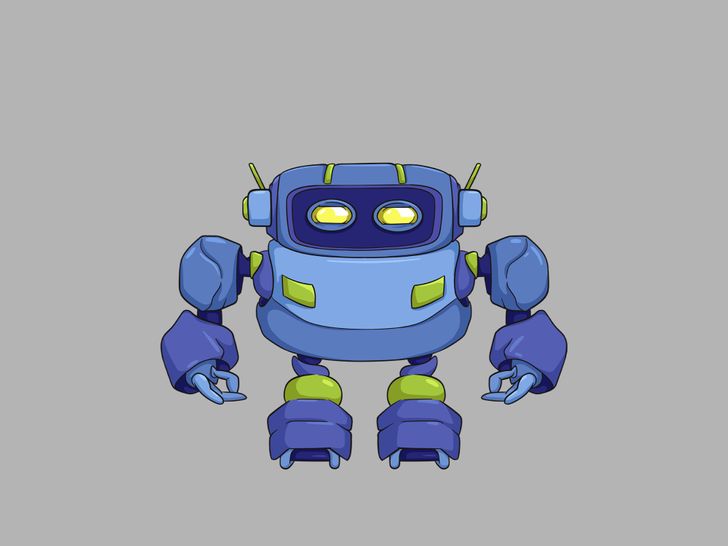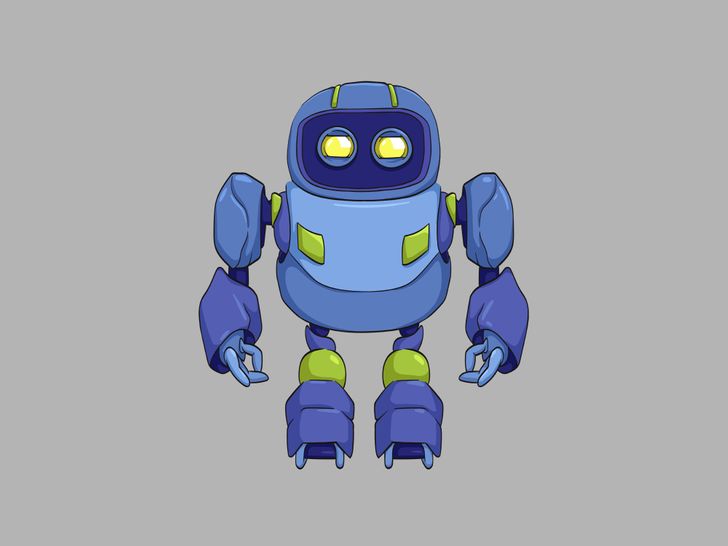What the Types of Musical Effects Are

Songs go through several stages before the finished product is complete. One of those steps is the production process, where musical effects are added to certain parts of the song to make it sound more creative and unique.
With that in mind, 5-Minute Crafts is going to explain what various sound effects mean in music.
1. Delay

Delay is one of the most important musical effects, because it’s like the foundation for other effects. It’s an audio effect that records a signal and plays it back after a certain amount of time. Delay creates an echo, where the original audio is heard followed by the delayed audio. The delayed signal may be played back multiple times, or in different ways to achieve echo-like sounds.
2. Distortion

3. Chorus

The chorus is the part of the song that contains the “hook”, the main message or theme of the song. Throughout the song, the chorus repeats at least once both musically and lyrically. It’s usually the most memorable part for anyone who listens to it.
4. Compression

Compression is used to reduce the volume of loud sounds or to boost and amplify quiet sounds. This effect is commonly used in broadcasting and sound recording.
5. Saturation

If the mix sounds dull, saturation can be used to make the song more exciting and “warm”. Saturation is a great tool and it can make a big difference during mixing. It can help whenever new frequencies are needed in a sound.
6. Equalization (EQ)

Equalization or EQ for short is the process of adjusting the volume of different frequencies within an audio signal. Nowadays, broadcasting and recording studios use much more advanced equalizers to make detailed adjustments, like making voices or instruments more noticeable and eliminating unwanted sounds.
7. Phaser

A phaser is an electronic sound processor that is used to filter an audio signal by modulating the frequency spectrum, creating a sort of sweeping effect. Phasers are commonly used to give an electronic effect to natural sounds, like human voices.
8. Limiter

A limiter, as the name suggests, is a hardware or software audio processor that prevents a signal from being louder than a set limit. To put it simply, no sound beyond that threshold can get through.
9. Reverb

Reverb, short for reverberation, is when several echoes happen at the same time, so you hear them as one single effect — reverb. This happens daily and naturally when a person speaks, sings, or plays an instrument in a hall or certain spaces with surfaces that reflect sound.
10. Tremolo

Tremolo is a modulation effect that gives a trembling sound by modifying the volume of an audio signal. The word “tremolo” is Italian for trembling. This effect can add tension or drama to the audio, and it also makes a sound more rhythmic and percussive.
11. Vocoder

A vocoder is a type of synthesizer that changes how voices sound. Essentially, the vocal track and the synth come together, creating a completely unique vocal tone — usually robotic.